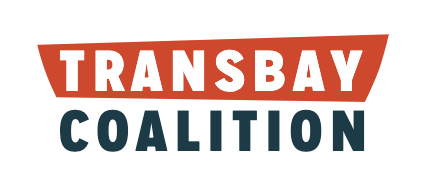Free or discount transfers. An all-agency fare cap so you can go anywhere you want with a maximum price for a day, week or month. Go-anywhere passes for people in housing developments, job sites, downtowns, even neighborhoods. Standardized fares for trains, regional buses and ferries. These are some of the options that are going to be coming forward in September in the recommendations of the regional fare study.
These improvements have the potential to improve problems that make bay area transit more confusing for everyone and less affordable for price-sensitive people.
Integrating fares has the potential to provide needed mobility improvements for lower-income people. SamTrans’ quantitative user research and focus groups showed that SamTrans users – largely low income people of color, place high priority on better access to regional transit, BART and Caltrain. Similarly, the Bayview Hunters Point Community Based Transportation Plan included recommendations from community members for better access to regional transit, BART and Caltrain. Caltrain’s equity study showed that low-income people need affordable and convenient local transit access.
And integrating fares can help bring back ridership to regional transit in a post-Covid world with relatively less peak hour white collar commuting. After the WETA ferry agency restored service with more frequent mid-day and weekend service, and lowered its prices to be competitive with other transit options, weekend ridership jumped up to 70% of pre-Covid levels.
Timeline for decisions and rollout
The detailed recommendations, out in September, will include the results of cost-benefit analysis, and user research with focus groups from diverse people.
Then, the recommendations will be presented at a road show to transit agency boards.
It might be possible to make a few initial improvements next year. There is some funding set aside from the federal ARP relief funding, over and above money available to restore service to pre-Covid levels. More substantive changes will likely require the next-generation Clipper system which is scheduled to roll out in 2023. And the largest changes may require funding.
For the preliminary recommendations and schedule information, see this presentation that was given to the advisory body to the fare study on August 2.
What do you think? Do you want free transfers? Go-anywhere fare caps and passes? Standardized fares for BART, Caltrain, ferries, transbay buses?
